What DEI Training Is Really About
Picture a team made up of people who come from different backgrounds, speak different languages, and bring their own unique experiences to the table. That kind of mix can be a company’s biggest strength, but only if people feel valued and included. This is exactly where DEI training comes in.
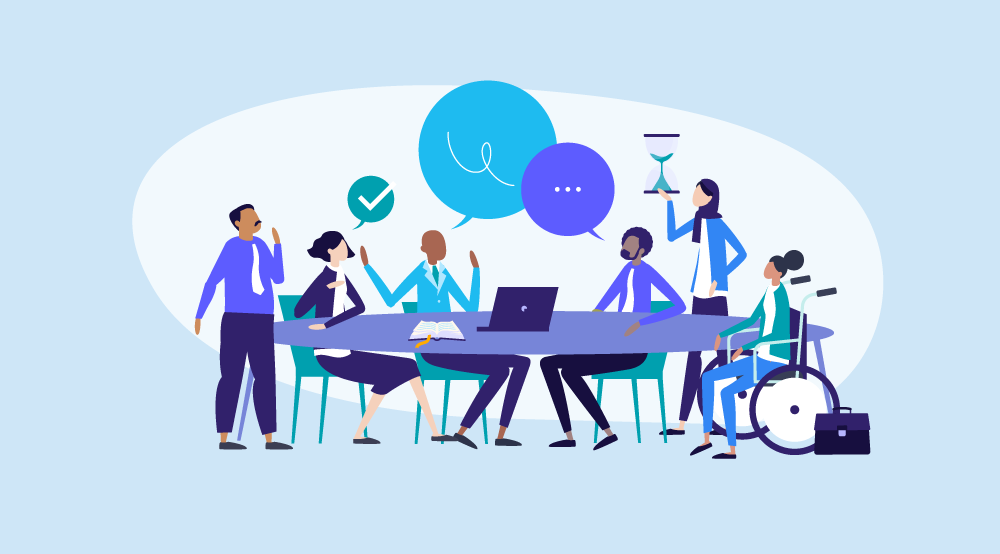
DEI stands for Diversity, Equity, and Inclusion. It is a structured way of helping employees understand differences, address bias, and build a culture that respects everyone. It is not just a presentation or a yearly workshop. It is a set of learning experiences designed to shift the way people think, interact, and work together.
The goal of DEI training is to create a workplace where everyone has a fair chance to grow and feels comfortable bringing their full self to work. When done well, it strengthens team trust and makes the organisation more resilient.
Why DEI Training Matters
Even in well-meaning workplaces, bias can shape how people are hired, promoted, or included in conversations. Most of the time, these biases are unintentional. DEI training helps people recognise them and learn how to respond in better ways.
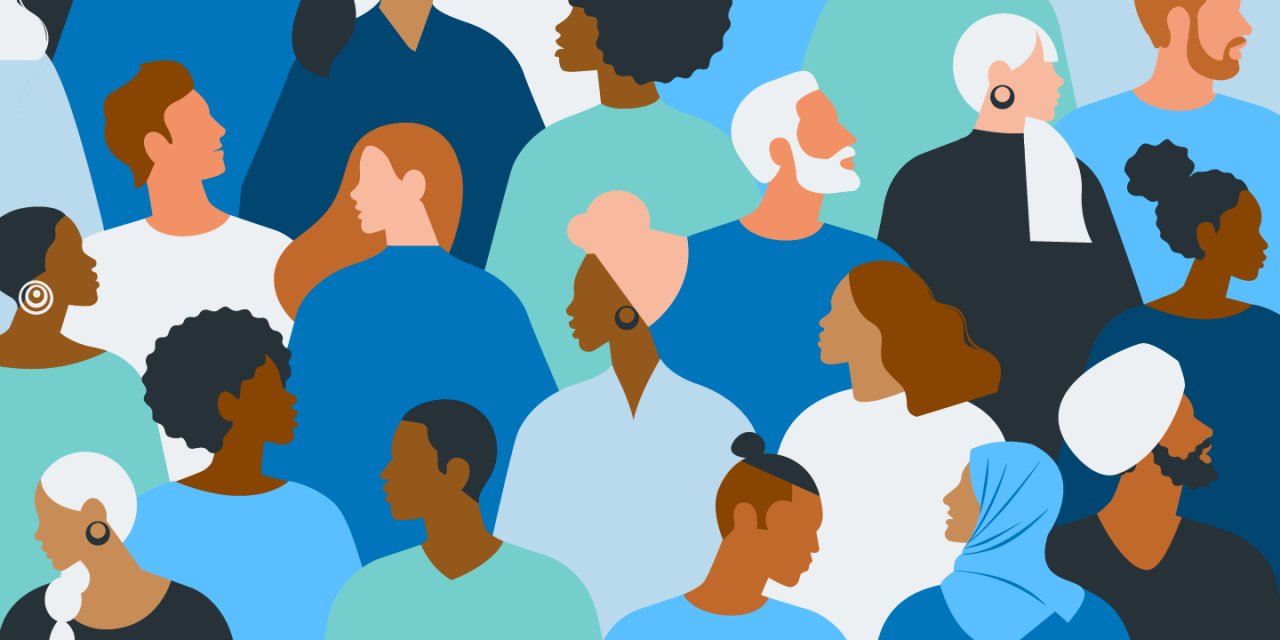
A team that understands diversity and inclusion works more smoothly. People listen more, respect differences, and collaborate more effectively. This kind of culture does not just make work nicer, it improves performance and decision-making.
Companies that invest in DEI often see lower turnover, stronger engagement, and a better public image. It is not just about doing the right thing. It is about building a workplace that runs better because people trust one another.
The Core Elements of DEI Training
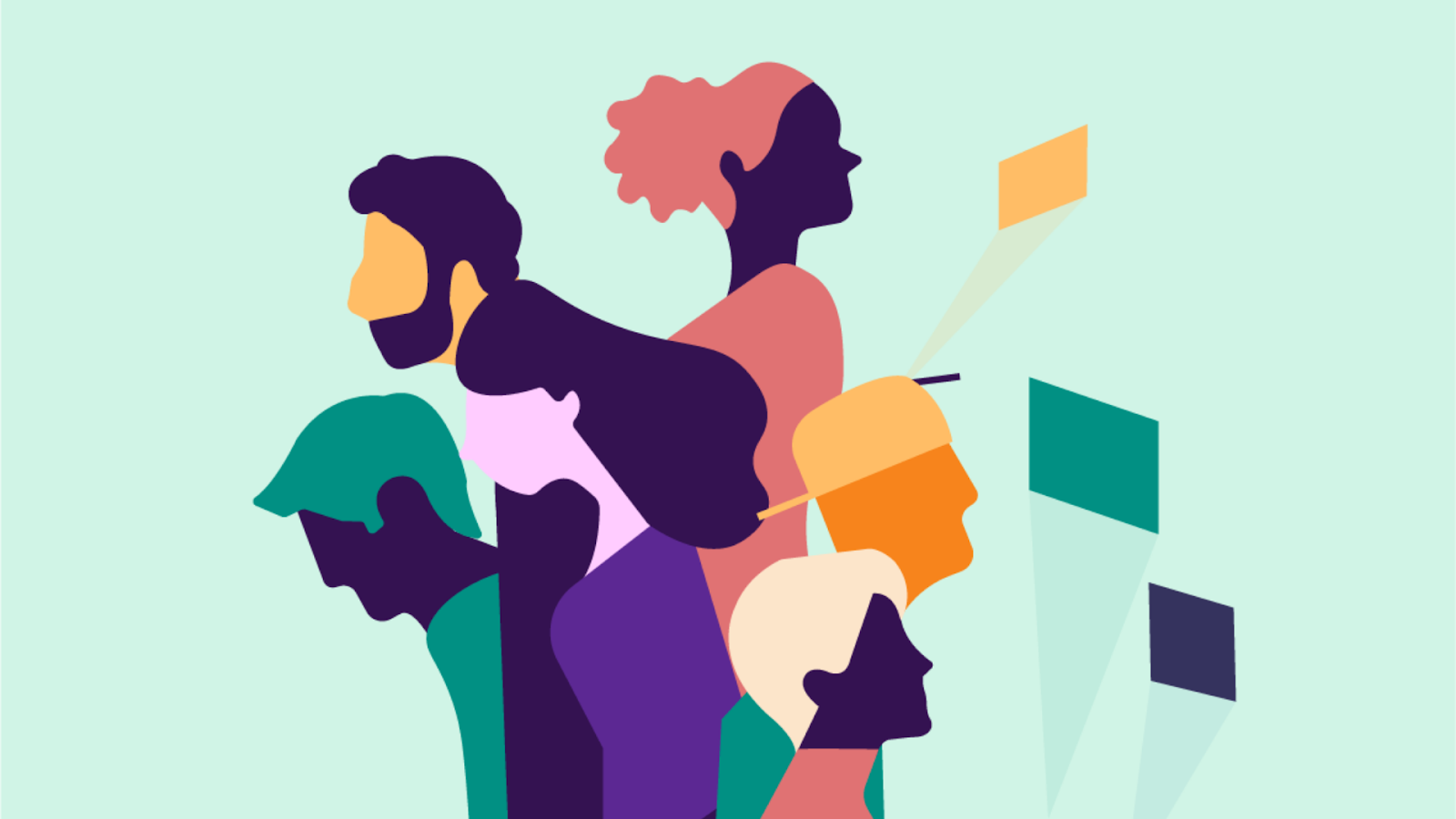
DEI training usually revolves around three connected ideas. Diversity focuses on recognising and valuing differences in background, identity, and perspective. This includes race, gender, age, ability, language, culture, and more.
Equity is about ensuring fair access and opportunity. It looks beyond “treating everyone the same” and focuses on giving people the support they need to have an equal chance at success.
Inclusion creates spaces where every person feels respected and able to contribute. It is the active part of DEI, where daily behaviours and company practices shape the environment. When these three work together, they build stronger teams and better workplaces.
How DEI Training Is Usually Structured
Good DEI training is not just a slide deck and a lecture. It is built to get people involved. Many programs begin with workshops that bring employees together to explore real situations and reflect on how they respond to them. Group discussions help people share experiences and see how others might view the same situation differently.
Scenario-based activities are common. These place employees in everyday workplace situations where bias, exclusion, or misunderstanding might happen. The goal is not to shame anyone but to build awareness and teach practical ways to handle things better.
The most effective DEI programs are not one-time events. They happen in regular sessions over time, allowing lessons to sink in and habits to change gradually.
Common Topics Covered in DEI Programs
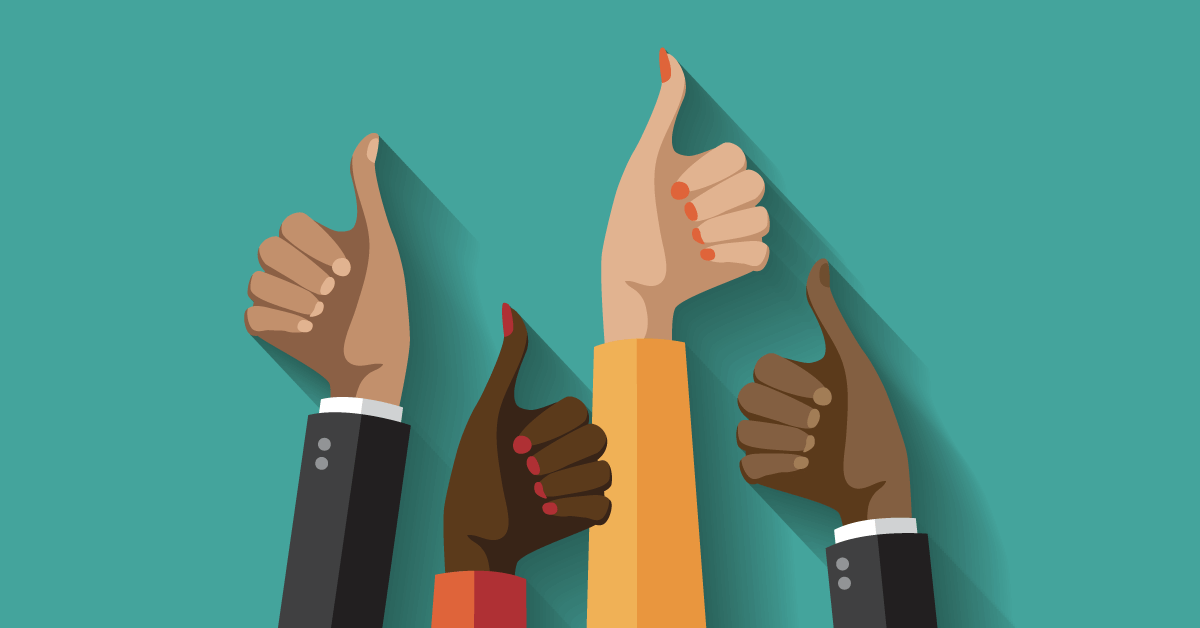
DEI training often starts with understanding unconscious bias, which is when we make quick judgments without realising it. It also covers microaggressions, which are subtle comments or actions that may seem small but can make someone feel excluded.
Cultural awareness is another key topic. It helps people recognise how different backgrounds shape communication, behaviour, and expectations. Many sessions also talk about accessibility and how to make workplaces fair for everyone, including people with disabilities.
Inclusive leadership is usually part of more advanced programs, showing managers how to support and model inclusive behaviour. Some programs also explain safe ways to report issues and how accountability systems work.
DEI Training Benefits for Employees and Organizations
Strong DEI training changes more than just attitudes. It builds trust within teams. When people feel respected and heard, they speak more openly and work better together. This improves team performance and makes conflict easier to manage.
For organisations, the benefits are measurable. Diverse and inclusive teams bring fresh perspectives, which lead to smarter decisions and more innovation. Workplaces become safer, more respectful, and more attractive to top talent.
It also reduces legal and reputational risks by helping companies follow fair employment practices. In short, DEI training is not a soft benefit. It is a real driver of performance and trust.
Addressing Misconceptions About DEI Training
A lot of people misunderstand what DEI training actually does. Some think it is just a company formality. In reality, well-designed training goes far beyond a box-ticking exercise. It changes how people see their workplace and how they interact with one another. It builds habits that make teams stronger and more respectful over time.
Another common misconception is that DEI training causes division. In fact, it does the opposite. It creates space for honest conversation and helps people understand experiences that may be different from their own. Instead of separating people, it builds connection.
It is also not something only large companies need. Smaller teams can benefit even more because culture is shaped faster when everyone participates and sees the impact directly in daily work.
How to Make DEI Training Effective
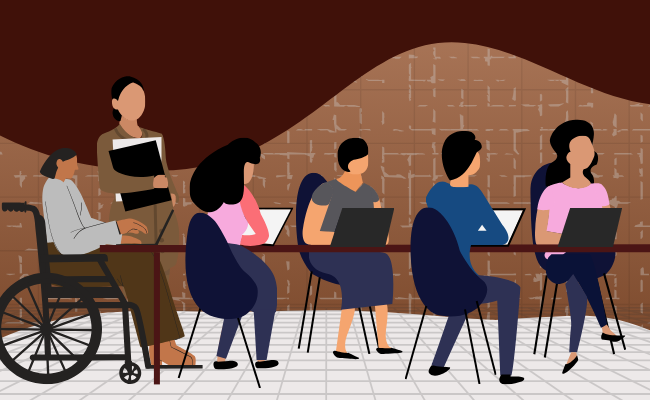
For DEI training to work, leadership has to support it actively. When managers and executives participate, employees understand that inclusion is a real priority and not just a line in a handbook.
Safe spaces are essential. People need to feel comfortable sharing their thoughts and asking questions without fear of being judged. DEI training should encourage open, respectful conversation, not force silence or agreement.
Follow-up matters just as much as the initial session. Real change happens when companies reinforce what they teach through ongoing conversations, practical examples, and clear expectations. Measuring progress through feedback and real behavioural change makes training more than just a one-time event.
What Employees Can Expect During Training
DEI training is not a lecture where people just sit and listen. It is interactive. Employees can expect real stories, case studies, and conversations that encourage reflection. Trainers guide, but the learning happens through participation.
Many programs use practical scenarios to help people recognise bias or moments of exclusion in everyday situations. Employees get a chance to explore how they might react and what better choices could look like.
The environment is designed to be respectful and confidential. People are not forced to share personal experiences, but everyone is invited to learn. Most leave with a clearer sense of how their actions can shape the culture around them.
Building a Lasting Culture of Inclusion
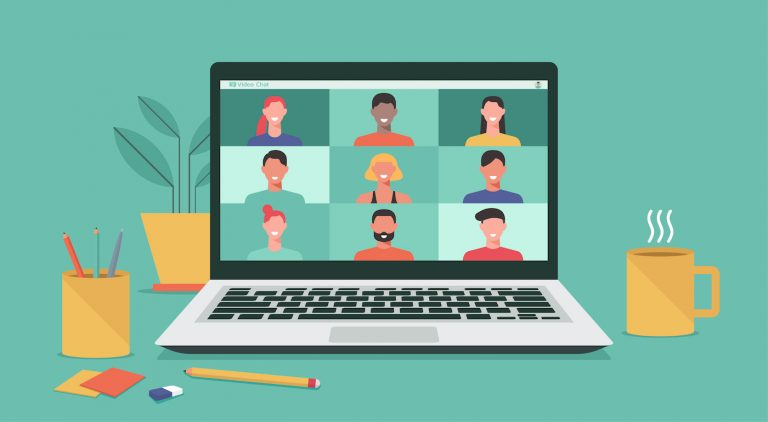
DEI training is not about memorising rules. It is about understanding people and building a workplace where everyone feels they belong. When a company commits to this kind of learning, it is investing in the strength of its culture and the well-being of its people.
Real inclusion takes time. It grows when employees trust that their voices matter and leaders model the behaviour they want to see. DEI training sets the foundation for that trust. It helps break down barriers that often go unnoticed and replaces them with respect, fairness, and open conversation.
When done well, DEI training does not end when the session does. It becomes part of how people work, lead, and support one another. That is what turns training into real cultural change.


